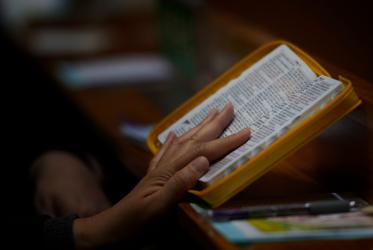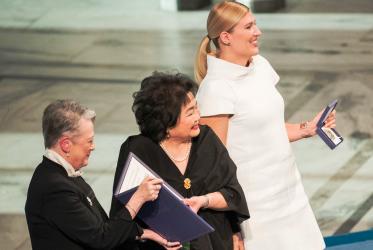Église orthodoxe du Japon
In 1861, a young Russian missionary priest monk, St Nicholas Kassathin (canonized in 1977), brought the light of Orthodoxy to Hakodate in Japan. After baptizing a Shinto believer who became the first Orthodox Christian in Japan, he converted almost 20,000 people within a few years. Thus Orthodoxy spread from Hakodate through Sendai to Tokyo, and from there to the Kansai area to Kyoto, Osaka and Kobe in western Japan, and then to Kyushu. St Nicholas translated the major prayer books of the Orthodox Church into Japanese. He was also active in building churches - the cathedral is now a national landmark in Japan. It was dedicated to the resurrection of the Lord but is affectionately called Nicholai-do, which means the prayer house of St Nicholas. In the early 20th century the church suffered from political and economic problems, and faced internal and external difficulties due to canonical problems with the Russian Orthodox Church after the revolution in Russia.
Since his enthronement in 2000 the current head of the church, Metropolitan Daniel, has been emphasizing the importance of spiritual growth of the clergy as well as the faithful. Books, pamphlets and booklets are being published for the faithful and the general public in order to raise their level of understanding of the Orthodox faith. The aim is to bring Orthodoxy much closer to the Japanese, through the Orthodox families. By doing so, it will help to overcome the stereotype view commonly held by the faithful and the general public in Japan, that Orthodoxy is a religion rather than the life of Christ.
The church participates actively in collecting donations for welfare activities. A major concern is to intensify mutual fellowship among the local Orthodox parishes. Programmes for training people in stewardship and in providing assistance for the growth of the church receive particular attention.

